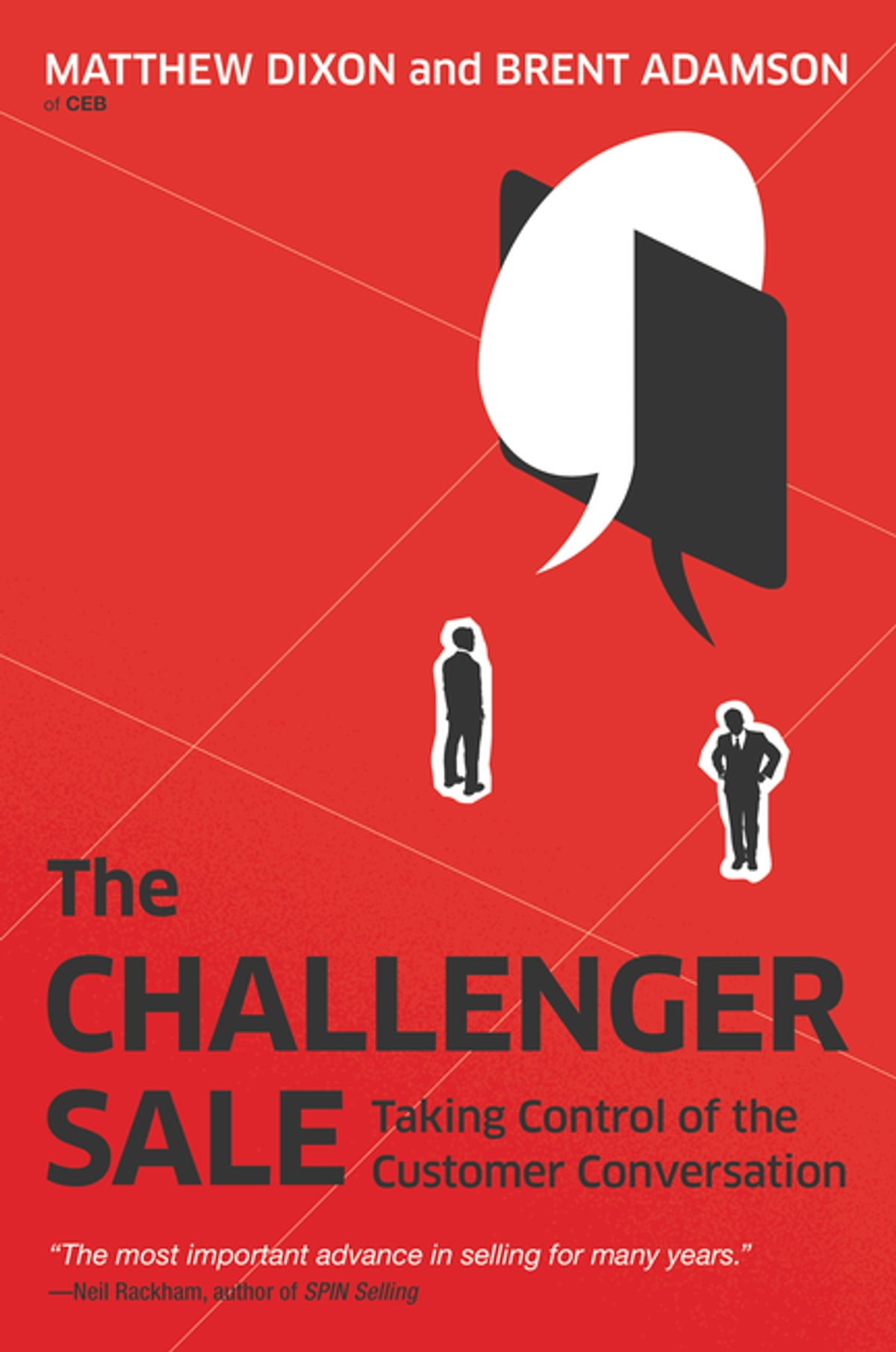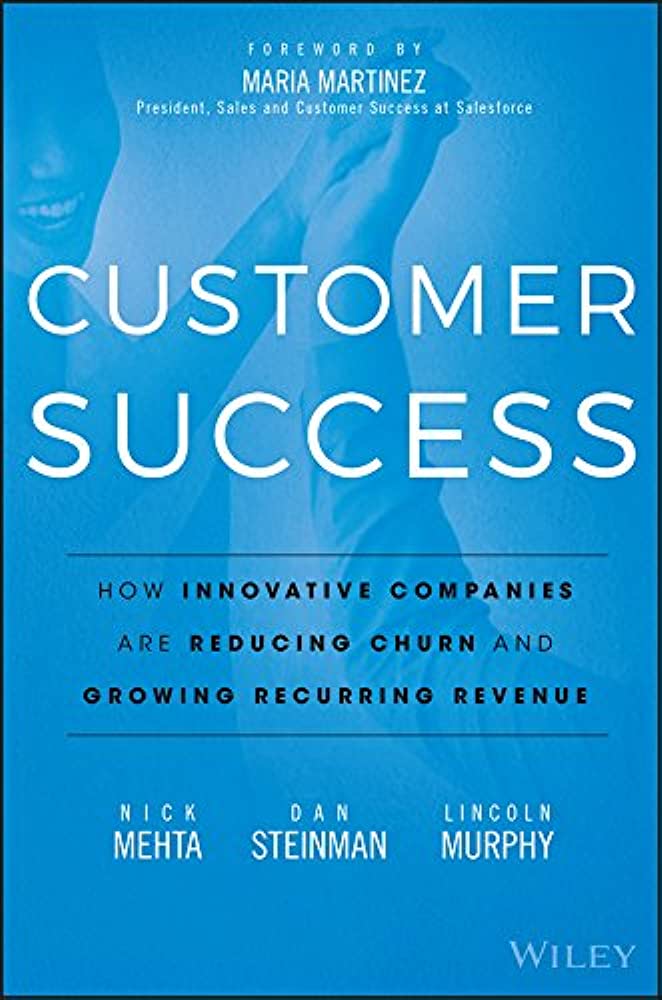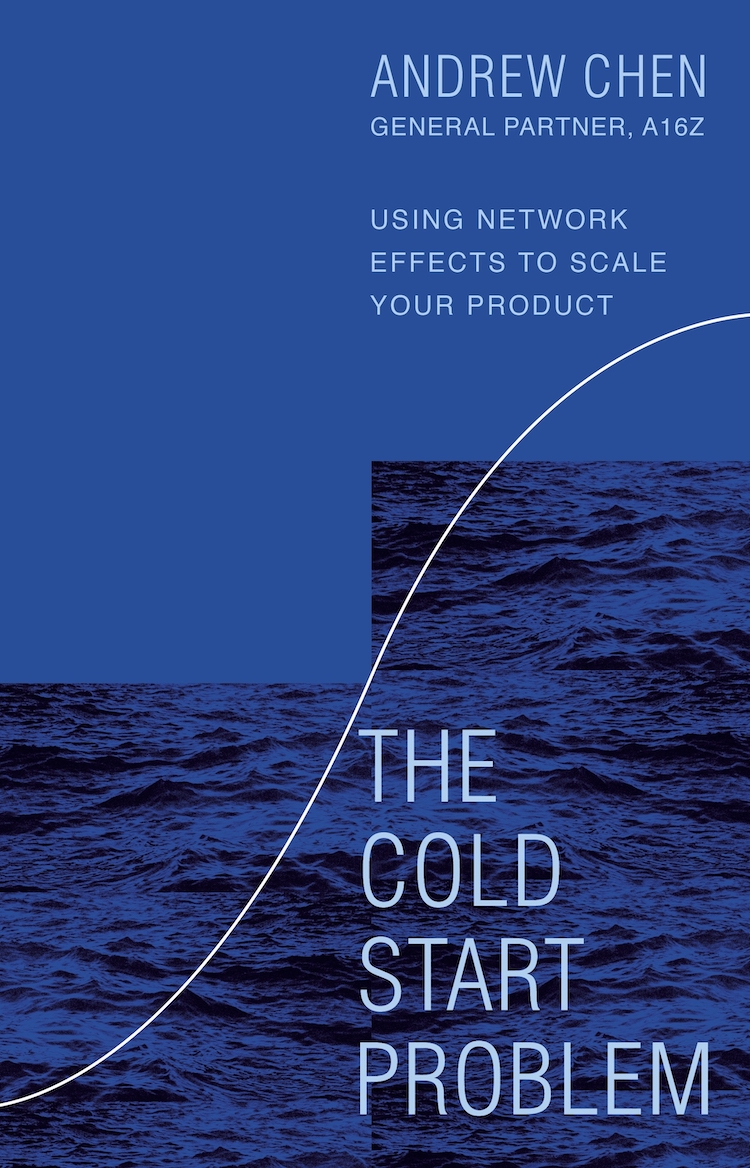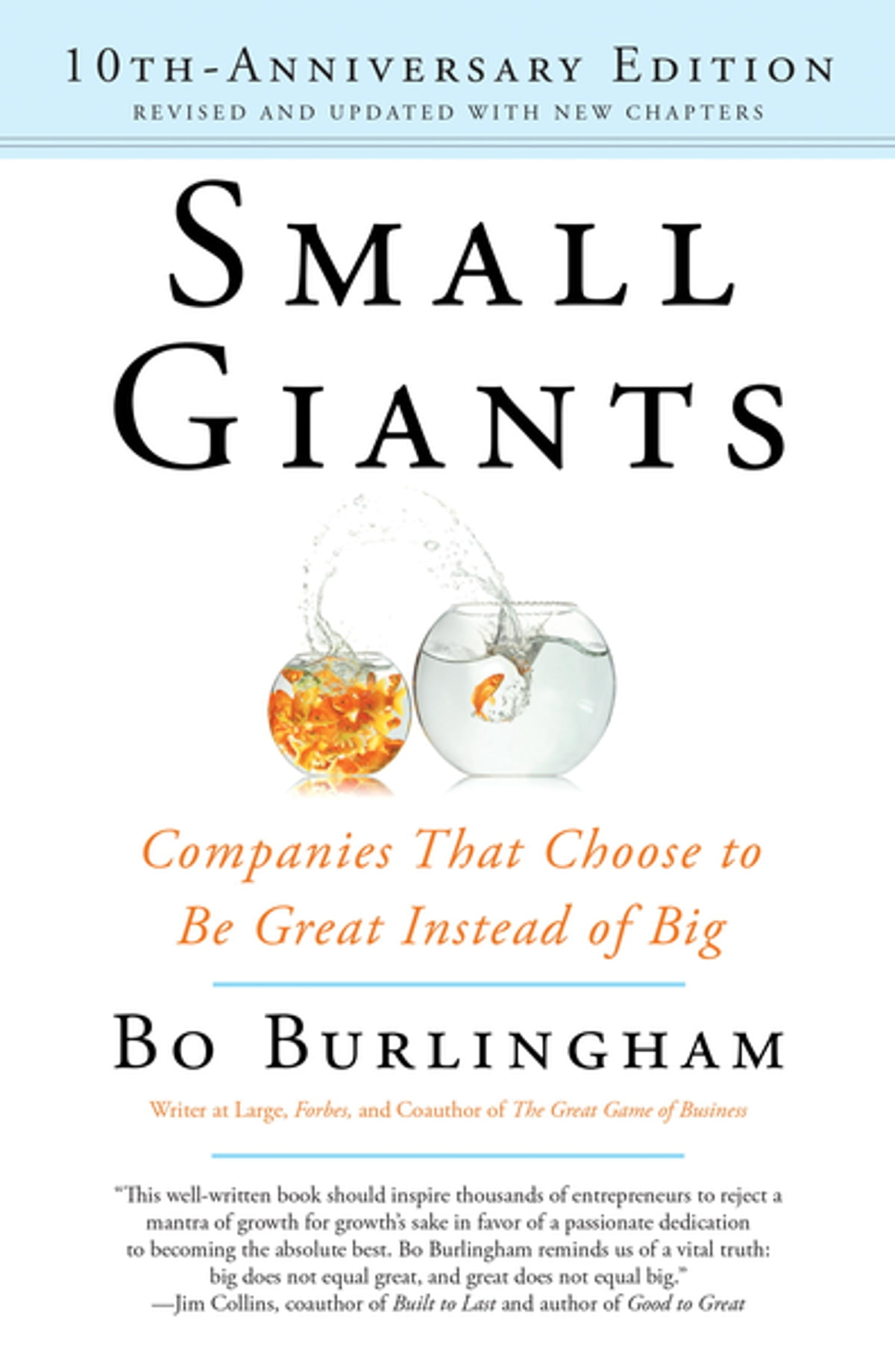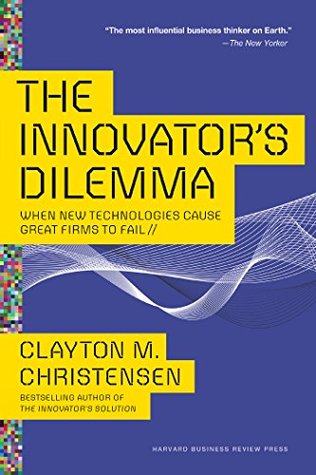Hooked
by Nir Eyal
- Business
- Ashto =
- Jonesy =
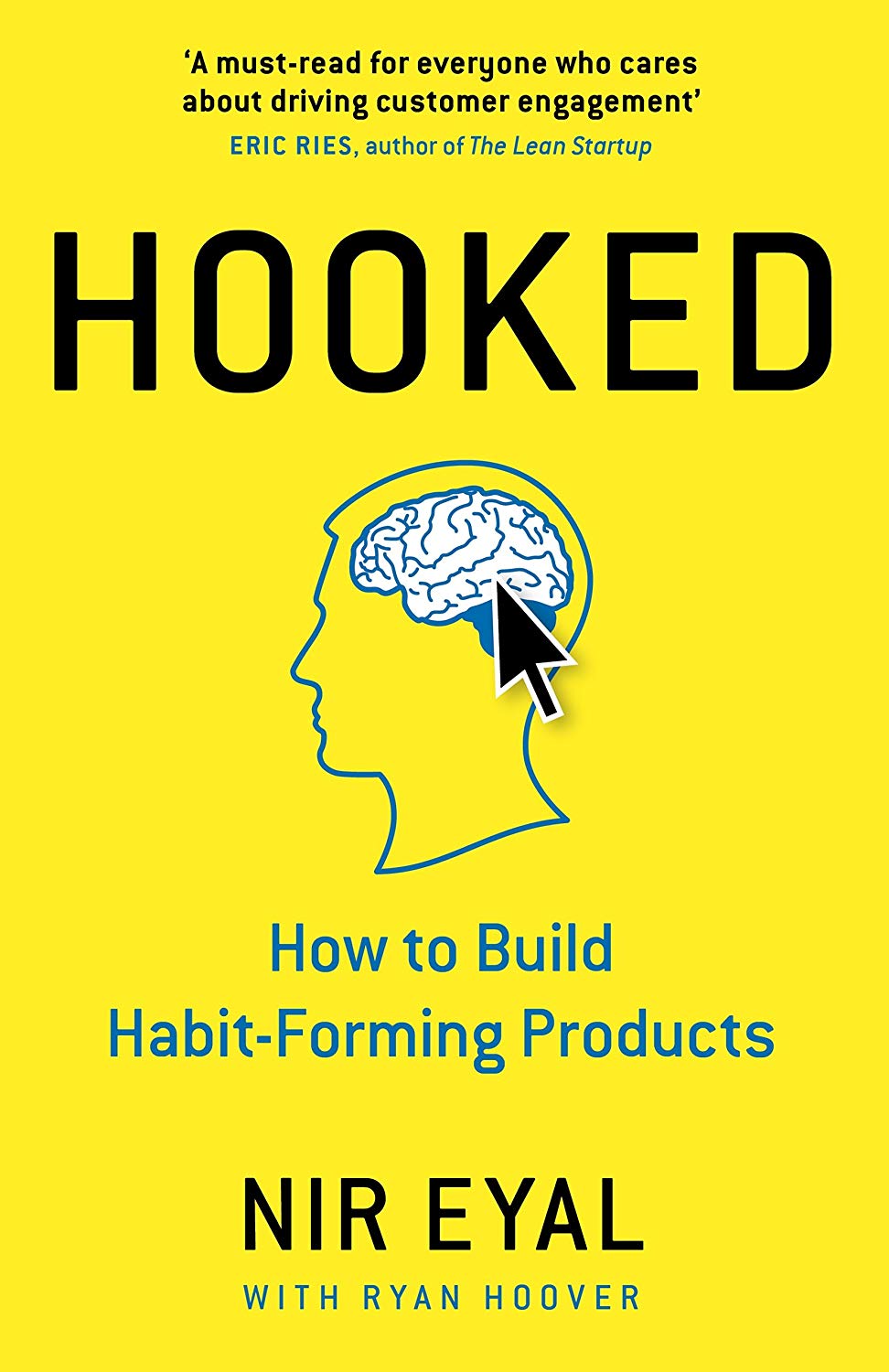
Hooked – by Nir Eyal
‘How to build habit-forming products’
If a business can turn their product or service into a ‘habit’, then they’ve got you ‘hooked’. It makes it much harder for the user to change to a competitor, usage becomes more frequent and more irresistible, and it becomes far more profitable for the business.
Nir Eyal takes us through the ‘Hook Model’ which teaches business what they need to build into their offering to get consumers hooked:
- Triggers (external & internal)
- Action
- Variable Reward
- Investment
Grab a copy of the book here: https://www.bookdepository.com/Hooked-Nir-Eyal/9780241184837/?a_aid=adamsbooks
Get a free 7-day trial of Blinkist here: https://www.blinkist.com/whatyouwilllearn
Hooked – Some scary stats
- Users spend an average of 2 hours and 51 minutes A DAY on smartphones
- The average user touches their phone 2,617 times per day (swipe, tap, etc)
- The top 10% of ‘heavy users’ touch their phones over 5,427 times per day
- 71% of people sleep next to their mobile phones
- 3% of people sleep with their phone in their hand…
Let’s face it – we’re all Hooked.
But how did it get this way? Nir Eyal reveals the ‘Hook Model’, a four-step process that makes products or services habit forming that eventually build strong habits that hook us in.
Why Habits are good for Business
Increased Customer Life Time Value CLTV)
CLTV is the amount of money a singer user generates over the span of using the product/service until they stop using it, switch to a competitor, or die. If businesses can increase the CLTV, the amount each user spends on average, then they’re well on the way to a sustainable profitable business.
Take for example credit cards – if a credit card company can turn spending on credit card into a habit, they increase the average CLTV. If they can get customers to stick around longer, racking up more fees and more interest, they become a very happy company.
Providing price flexibility
Business can go through a lot of pain when trying to increase prices. If users have formed habits though, a campany has a better chance at increasing prices and not losing customers.
Candy Crush times this to perfection. They waiting until users become addicted to the game and the game became habit before they started offering small 49 cent of 99 cent upgrades. Once people were hooked, they began increasing the amount of money they spent on the game. At its peak, the makers of Candy Crush were raking in over $1 million every single day…
Sharpening Competitive Edge
Once you’ve made a habit out of a product and become hooked, it becomes very hard to change to a competitor. The book Zero to One by Peter Thiel discussed the fact that its easier to stick with what you’ve got so users don’t change their ways if something is only marginally better – there must be a significant improvement, by an order of magnitude, in order for people to be shaken out of their status quo.
Think about your email account. If something comes along that is just a little better, I’d bet you won’t change. You’re hooked to your current email system, so it would have to be a complete revolution for you to decide to shift.
The Hook Model – An Overview
So, we know that hooking users is beneficial to us, but how do we actually do it? Nir lays out how to get peopled Hooked.
- Triggers
- The actuator of behaviour, like the spark plug in an engine
- Triggers come in two typoe: external & internal
- Habit-forming products start by altering users with external triggers like an email, a website link, or a notification icon on the phone app
- When users start to automatically cue their next behaviour, the new habit becomes part of their everyday routine.
- Action
- Following a trigger comes the action: the behaviour done in anticipation of a reward
- The simple action of clicking on the interesting picture in a newsfeed, opening the messenger app, or playing that next level of candy crush form the ‘action’ phase of the ‘hook’
- Companies leverage two basic pulleys of human behaviour to increase the likelihood of an action occuring:
- the ease of performing an action
- the psychological motivation to do it
- Variable Reward
- The hook model beats out a vanilla feedback loop with a predictable output because it has the ability to create a craving
- Predictable feedback loops don’t create a desire, but if you add some variability to the mix you instill a sense of intrigue
- For example: facebook varies the number of notifications you get, or on instagram there may or may not be a new addition to a story from one of the bikini babes you follow
- Investment
- The investment phase increases the odds that the user will make another pass through the Hook cycle in the future
- The ‘investment’ is an action that improves the service for the next go around
- Inviting friends, collating content, building virtual assets, learning new features
TRIGGERS
External Triggers
Habit-forming technologies start changing behaviour by first cueing users with a call to action. This sensory stimuli is delivered through any number of things in our environment. External triggers are embedded with information which tells the user what to do next. It is vital that a trigger communicates clearly exactly what is expected of the user
Types of External Triggers
Paid Triggers
- advertising, search engine marketing, other paid channels to get users’ attention and prompt the to act
- can be effective, but they’re costly ways to keep users coming back for their next action
- habit-forming companies tend not to rely on paid triggers for very long – they need to be able to build other triggers that don’t rely on constantly spending money
Earned Triggers
- like ‘earned media’ – can’t be bought directly, but this is related to favourable mentions in the press and the media
- platforms may get short-term spikes, but it’s unlikely that this will be a reliable ongoing source of trigger
Relationship Triggers
- people telling other people about the product or service
- Purple Cow / Crossing the Chasm / Contagious, all heavily talk about the importance of ‘word of mouth’
- this is something that can become ‘viral’ – if one person tells 3 people and they tell 3 people and they tell 3 people, things can grow quite quickly (just ask milos)
Owned Triggers
- a piece of real estate in the users environment
- an app icon on the home screen, en email newsletter they signed up to, a podcast they’re subscribed to
- As long as the user agrees to receive the trigger (push notification, email, new episode download) then the company that sets the trigger owns a share of the user’s attention
- these triggers come after the user has taken some kind of action (downloaded an app, created an account, opted in to an offer, etc)
- While paid/earned/relationship triggers drive new user acquisition, owned triggers prompt repeat engagement until a habit is formed
- without owned triggers and users’ tacit permission to enter their attentional space, it is difficult to cue users frequently enough to change their behaviour
BUT, external triggers are only the first step. The ultimate goal of an external trigger is to propel users into and through the Hook Model so that, after successive cycles, they do not need further prompting from external triggers. When users form habits, they are cued by a different kind of trigger: internal ones.
Internal Triggers
Internal Triggers manifest automatically in your mind. When a product becomes tightly coupled with a thought/emotion/preexisting routine, it leverages an internal trigger.
Emotions (particularly negative ones) are powerful internal triggers and greatly influence our daily routines:
- feelings of boredom, loneliness, frustration, confusion, indecisiveness often instigate a slight pain or irritation and prompt an almost instantaneous and often mindless action to quell the negative sensation
- The severity of discomfort may be relatively minor, perhaps below the perceptibility of consciousness – our lives are filled with tiny stressors and we’re usually unaware of our habitual reactions to these nagging issues
- the desire to be entertained can be thought of as the need to satiate boredom – we scroll our instagram feeds for entertainment, we play a mobile game, we watch a few cat videos on youtube
- perhaps a need to feel connection leads us to share good news on linkedin in the hope of getting a few like s and comment
Gradually, these bonds cement into a habit as users turn to your product when experiencing certain internal triggers
Case Study: Instagram
- A friend taking a picture of you and sharing it on instagram, saying that they want to tag you but you don’t have an account yet = RELATIONSHIP TRIGGER
- App gets popular, Apple puts it as one of its Featured Apps = EARNED TRIGGER
- You post a photo, someone likes it or comments on it, you get a push notification = OWNED TRIGGER
- With repeated use, Instagram forms strong associations with things like relieving boredom, a sense of connection, and some status by getting more likes = INTERNAL TRIGGERS
- You may get a pang of stress, fearing you may miss out on something important. These negative emotions serve as strong internal triggers to pull you back
ACTION
The trigger, internal or external, informs the user of what to do next. but if the user does not take action, the trigger is useless. To initiate action, doing must be easier than thinking. Remember, a habit is done with little or no conscious thought. The more effort required to perform the desired action, either physical or mental, the less likely it is to occur.
B=MAT
Behaviour = Motivation, Ability, Trigger. All three elements must be present in order for us to tack action.
- For example, you get a phe call, but you don’t answer it. Why not? Maybe you thought the call was a telemarketer or a debt collector, so you let it ring out (you didn’t have sufficient MOTIVATION to answer). Maybe the phone was stuck at the bottom of your bag under all of the other stuff in there (so you didn’t have the ABILITY to answer it). If you had it on silent – you wouldn’t know it was ringing (there would be no TRIGGER).
Simplicity
BJ Fogg highlights six elements of simplicity. The simpler and easier you make each of these things, the more likely it is that a user takes action. These six factors are: time, money, physical effort, mental effort, social deviance and routine.
Heuristics & Cognitive Biases
Product developers can play on our cognitive biases in a way that prompts us to take action. Using things like the scarcity effect, commitment and consistency, the endowed progress effect and social norms VS market norms, we become more likely to act.
VARIABLE REWARD
BF Skinner’s famous pigeon experiment: the pigeons that were given variable rewards ate far more than those with predictable rewards. Predictable meant every time they pushed the lever they got a pellet. Variable meant they randomly got a pellet – some pushes gave a pellet, some times they didn’t. Variability is much more exciting and makes us push the lever much more often and eat more pellets (metaphorically speaking).
We get rewards in three different kinds: the Tribe (social rewards like Facebook), the Hunt (collecting wins like Machine Gambling or poker machines), and the Self (like video games or online courses).
INVESTMENT
We become truly hooked once we INVEST something into the habit. Time, money, energy, effort – the more we invest, the more often we use the product or service, the more hooked we are. The IKEA Effect says that we value things more once we’ve invested in them – if we build the piece of furniture ourselves, we rate it much more highly than someone else would, and we rate it much more highly than buying it ready made.
This can be applied to other forms of investment. Spotify gets us hooked because we build playlists in there, they learn our listening habits and give us good recommendations that make the app more enjoyable to use. Twitter gets us hooked because we craft our newsfeed by following specific people – the better we make our feed, the more likely we are to visit. It also gets creators hooked because the more followers they get, the more likely they are to stick around. Specific types of software gets us hooked (like Adobe Photoshop, or Audacity for podcasting).We invest the time to learn it – once we get good at it, we’re unlikely to change and start the learning curve all over again with a new platform.
CONCLUSION
We’re hooked. If you’re a business, you should use these tactics and build them into your offering so that users will turn your product into a habit. If you’re a user, you need to be very careful about what kinds of habits you’re forming with these products.




